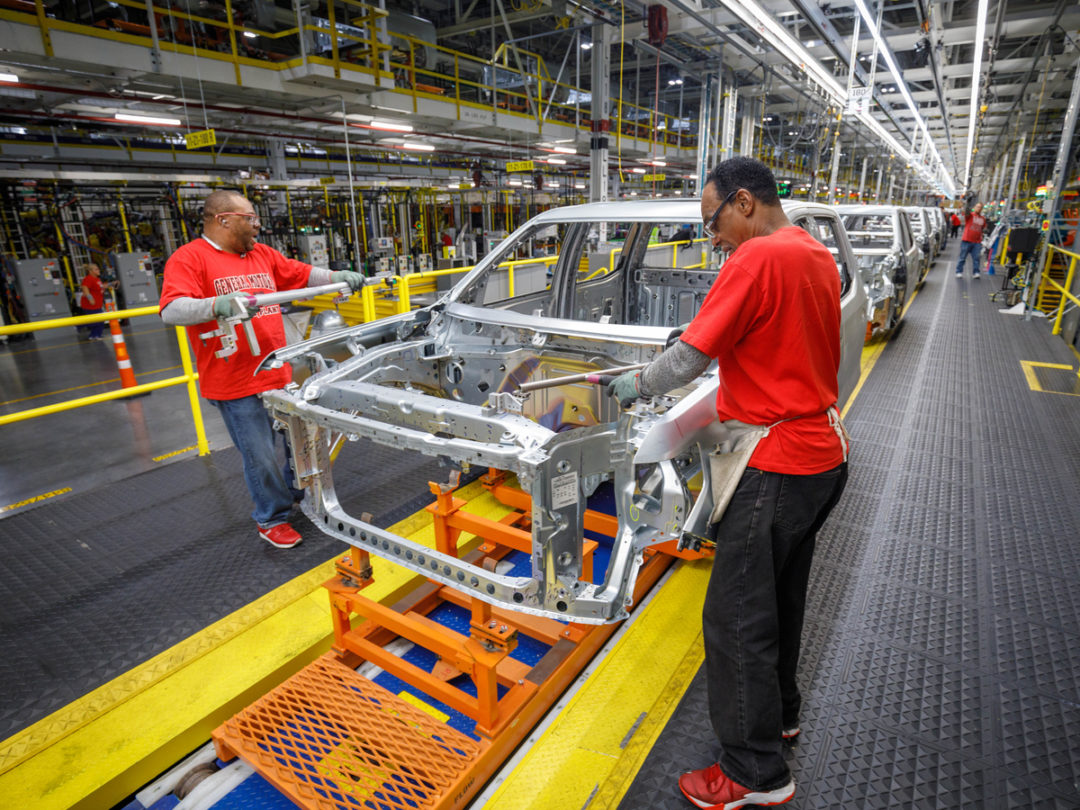
Visit Our Sponsors |
|
|
|
|
|
|
|
|
|
|
|
|
|
|
|
|
|
|
|
|
|
|
|
|
|
|
|
|
|
|
|
|
|
|
|
|
|
|

The U.S. automotive industry is in a flux — with General Motors and Ford cutting production due to low sales.
The companies will continue to manufacture SUVs and larger trucks because margins run higher on these items. Closing plants and laying off personnel, along with discontinuing several car brands will save billions of dollars. With these savings, the companies will double their spending on the development of electric cars and self-driving vehicles, while reinvesting in higher-margin SUVs and crossovers.
Automotive manufacturers have been affected by the recent tariffs on steel and aluminum, cutting into bottom-line profits. Customer preference for SUVs, crossovers and trucks, combined with low fuel costs, has boosted total sales to 63 percent of total sales in 2017, according to Forbes. Today, automakers are turning from manufacturing businesses to technology developers, making cars smarter, safer and more efficient.
Car manufacturers need to focus more on electric and autonomous vehicles. Tesla is the leader in fuel-efficient vehicles with electric and hybrids able to drive hundreds of miles on a single charge. Volvo has said that all the engines they produce will be equipped with an electric motor by 2019. In the U.S., 20 percent to 25 percent of all vehicle sales are expected to be electric by 2030, while this figure is expected to reach up to 35 percent in China.
Early implementation of autonomous cars will begin in 2020 and continue ramping up as long as regulations allow. There are still liability concerns when machines operate themselves in a potentially dangerous environment. Car makers are installing semi-autonomous capabilities in the form of driver-assisted technologies, such as brake sensors, motorway lane sensors, mapping technology that monitors blind spots, front and back cameras, self-parking capabilities, etc.
Artificial intelligence and machine learning are two technologies that are becoming more important in the automotive industry. IoT sensors are being installed to help with the self-driving aspect of cars, along with changing the user interface with cars taking voice commands.
The Outlook
There will be a shift in membership programs similar to what we see around large cities with companies like Zipcar and Citi Bike rentals. Internationally, Chinese executives are saying that car sharing is becoming more popular. This in turn will create less demand for auto manufacturers. Called Cars-as-a-Service (CaaS), the technology allows drivers to hail a car with driverless technology through an Uber-like app. This will be more prevalent in 2025.
Craig Moberg is product manager for UNEX Manufacturing.
RELATED CONTENT
RELATED VIDEOS
Timely, incisive articles delivered directly to your inbox.

